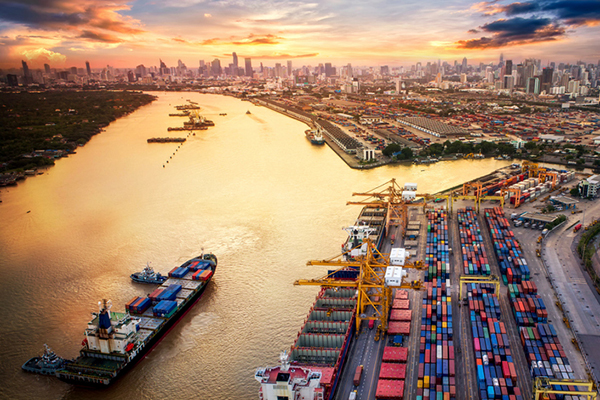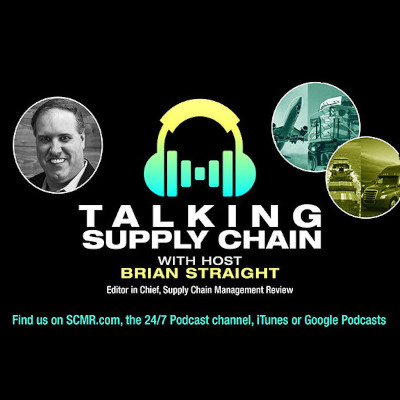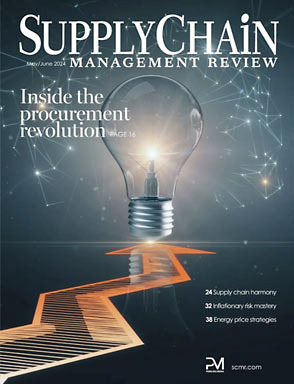Supply Chain managers may be heartened to learn that some measure of stability has returned to ocean cargo arena in the past year.
Spot container freight rates have increased in recent months, driven by shipping companies’ supply discipline, despite a decline in demand at the start of the coronavirus pandemic, Fitch Ratings says.
Global shipping companies’ financial performance has been improving as a result.
“We expect healthy freight rates to continue in the short term, although potential pressures from trade protectionism and resulting localization of supply chains, weak economic recovery and slipping supply discipline may affect rates in the longer term,” says Fitch.
Consolidation in the global container shipping industry in recent years is the key factor behind improved supply discipline in the sector.
The three largest alliances now account for about 80% of the global market. The market participants have maintained low order-book levels of about 10% of the existing global fleet during the current crisis, compared with about 60% in 2007.
The largest companies reduced available shipping capacity by more than 13% during 2Q20 to meet a 11% decline in global demand, according to Hapag Lloyd.
As a result, freight rates have been growing since June 2020, accelerating in August as demand improved and reaching record levels in October despite an initial decline in spot rates at the start of the pandemic.
A sharp growth in transpacific rates, which almost tripled yoy, was the largest contributor to the composite global rates increase. Transpacific rates have benefited from increased volumes since June 2020, driven by re-stocking, increased demand for personal protective equipment, and the growth in inventories ahead of the holiday season to cover potential disruptions.
Three of the largest container shipping companies - Maersk, CMA CGM and Hapag Lloyd - reported strong 1H20 results.
Their EBITDA grew thanks to higher freight rates, despite lower revenues as transported volumes reduced. The industry’s profitability could be one of the highest in 2020 if container liners continue to maintain capacity discipline, given that order books are fairly small.
“We expect good levels of free cash flow generation this year, which shipping companies are likely to use to reduce debt, which will improve their credit metrics,” Fitch adds.
The container shipping industry has historically been among the most volatile sectors. Despite some recent structural improvements and less aggressive competition, there are still significant downside risks.
But Fitch also issues this caveat:
“A potential decline in shipping demand, particularly on transpacific routes due to U.S.-China trade tensions and supply-chain localization, growing ecommerce that often uses air transportation, weak global economic conditions, resistance to increased contracted freight rates and slipping shipping companies’ supply discipline may put the industry under pressure.”
SC
MR


More Ports & Shipping
- Shining light on procurement’s dark purchases problem
- As Red Sea Crisis Drags On, Shippers Eye Alternatives
- Global Container Shipping Industry Sets Sights on Tech Investment, Capacity Concerns
- US Ports to Share $653M in Funding to Improve Throughput, Reduce Emissions
- The Astonishing Port of Laredo
- Navigating the Panama Canal Drought: Tips to Get Your Shipments Moving
- More Ports & Shipping
Latest Podcast

 Explore
Explore
Topics
Procurement & Sourcing News
- There is still work to do to achieve supply chain stability
- Blooming success: The vital role of S&OE in nurturing global supply chains
- How one small part held up shipments of thousands of autos
- Shining light on procurement’s dark purchases problem
- 40% of procurement leaders ignoring sustainability, study reveals
- ISM reports that services sector sees continued growth in March
- More Procurement & Sourcing
Latest Procurement & Sourcing Resources

Subscribe

Supply Chain Management Review delivers the best industry content.

Editors’ Picks





